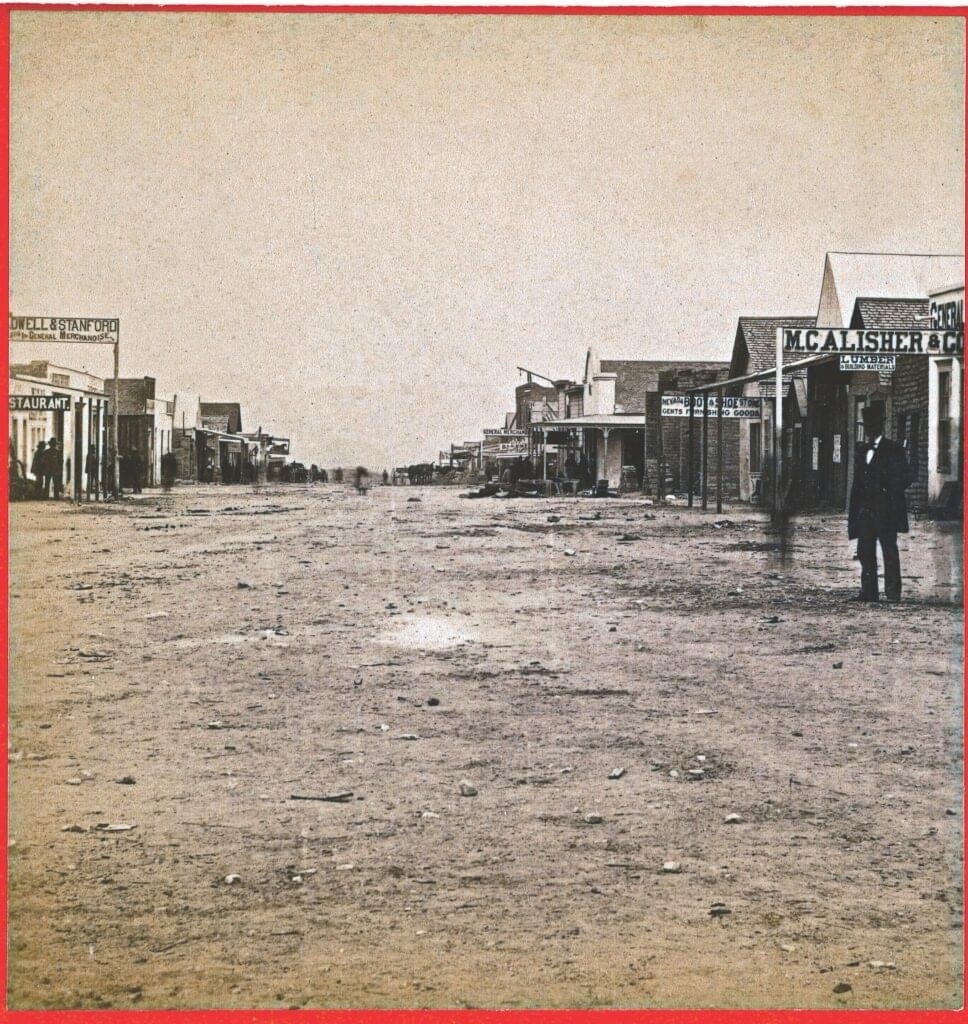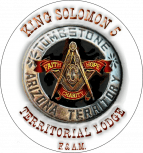Photo: Fremont St. Tombstone, Arizona (undated photo)
In 1877, the city of Tombstone, Arizona, came into existence under the initiative of Ed Schieffelin. During that period, a military scouting expedition in Tombstone aimed at countering the Chiricahua Apaches. Ed Schieffelin was a participant in this mission, stationed at a location known as Camp Huachuca.
Despite warnings from his fellow soldiers, Ed had a penchant for venturing into the wilderness surrounding the camp in search of valuable minerals. The soldiers humorously quipped that his tombstone would be the only stone he would encounter. However, luck was on Ed’s side as he stumbled upon something precious: silver.
Taking heed of his comrades’ advice, Ed named his initial mining venture “The Tombstone.” News of his silver discovery spread rapidly, attracting diverse individuals, including homesteaders, cowboys, speculators, prospectors, lawyers, businesspeople, and gunmen.
Originally called Goose Flats, a townsite was established near the mines in 1879 and christened Tombstone in honor of Ed Schieffelin’s pioneering silver claim. The population of Tombstone surged to approximately 7,500 residents by the mid-1880s. However, this figure represented only the white male population over 21 eligible to vote. In reality, the town’s population, including women, children, and various ethnic groups, numbered at least 15,000 and potentially as high as 20,000. Tombstone earned a reputation as the fastest-growing city between San Francisco and St. Louis.
The town boasted over 100 saloons, numerous dining establishments, a substantial red-light district, a sizable Chinese community, newspapers, churches, schools, and one of Arizona’s original community swimming pools, which continues to be utilized today.
A notable feature of Tombstone was Boothill Graveyard, established in 1879 and used until the inauguration of the New Tombstone City Cemetery in 1884. Following this change, Boothill Graveyard became known as “The Old Cemetery.” Legends surrounding its nomenclature suggested that those interred there had met untimely or violent deaths and were buried with their boots still on. However, the name “Boothill” was inspired by a pioneer cemetery in Dodge City, a designation that aimed to boost tourism during the late 1920s. Many notable individuals from Tombstone found their final resting place in Boothill Graveyard, including victims of the infamous 1881 shootout between the Cowboys and the Earps on Fremont Street.
Tombstone faced adversity in the form of two significant fires. On June 22, 1881, one of these fires ignited at the Arcade Saloon when a cigar inadvertently set ablaze a whiskey barrel. This fire, which occurred in June 1881, destroyed over 60 downtown businesses. Remarkably, the town managed to rebuild and persevere.
However, a year later, on May 26, 1882, Tombstone endured its second major fire. This blaze originated in the restroom of the Tivoli Saloon on the south side of Allen Street, between Fourth and Fifth. The damages incurred from this conflagration were estimated at $500,000, nearly three times the financial toll of the preceding fire on June 22, 1881.

